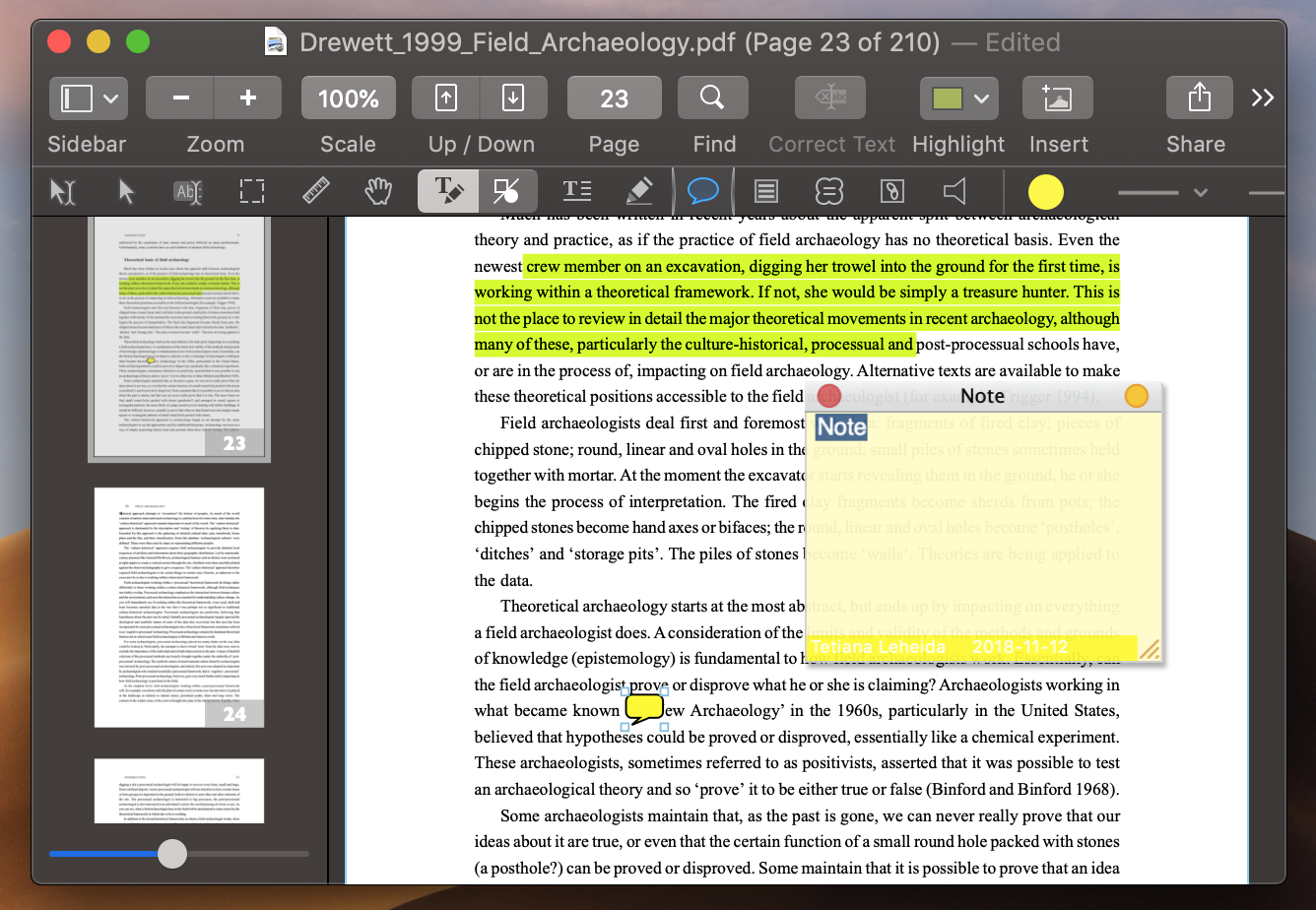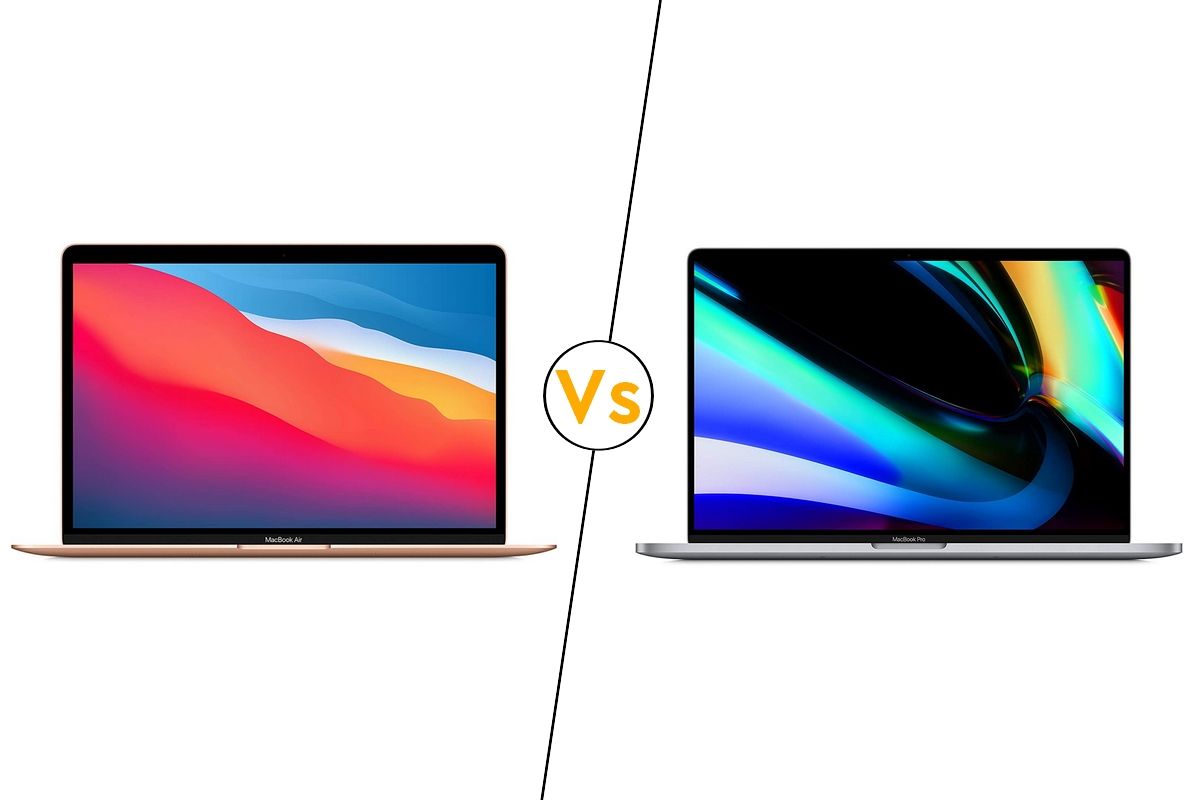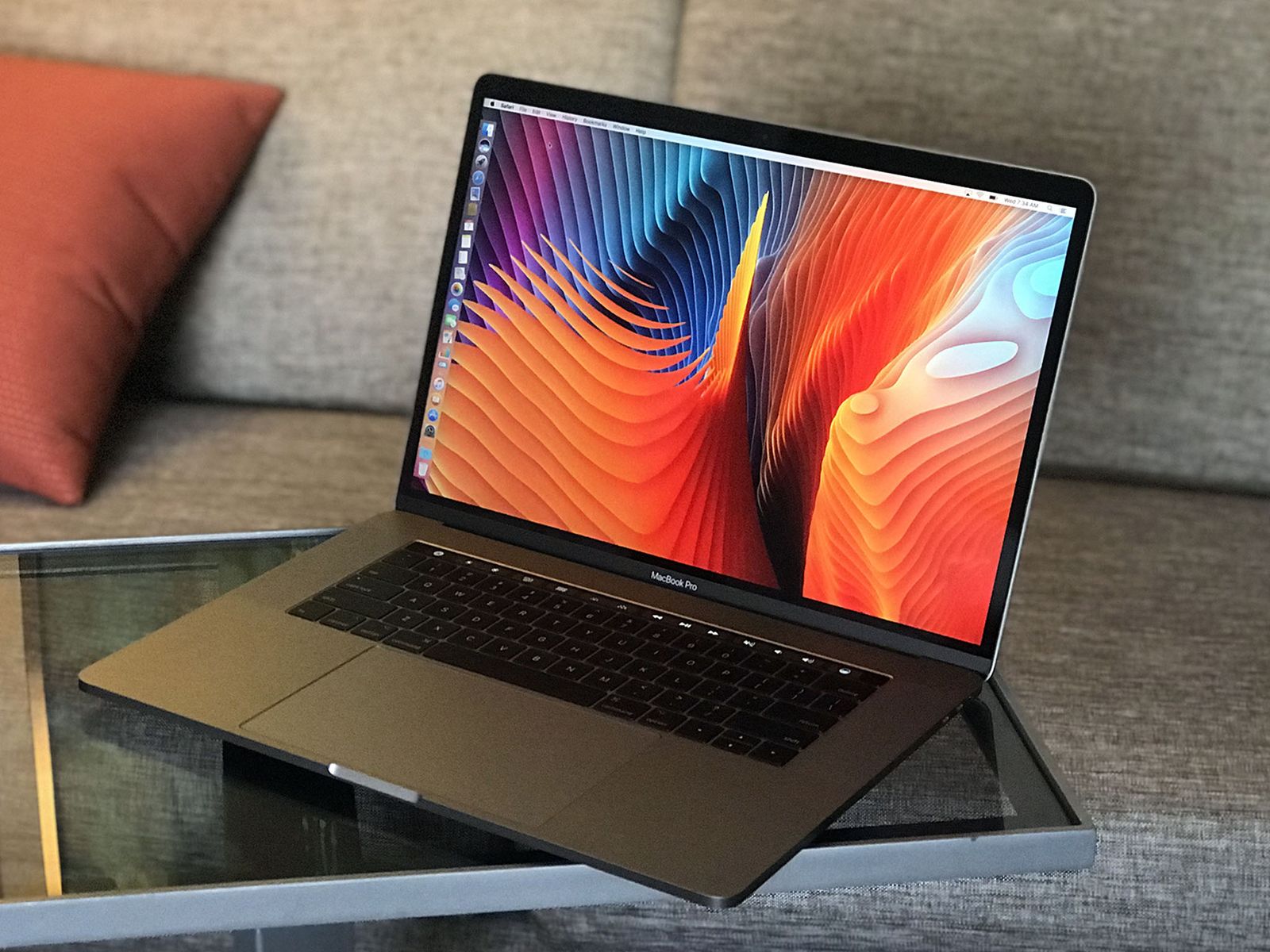

But if you want to access your Photo Library or edit raw 4K video from an external drive, you’ll want a speedy SSD-and probably Thunderbolt 3 if your Mac supports it. While a voluminous HDD might not be the best thing for running programs from, it’s perfectly suitable for Time Machine backups. So what hard drive should you get for your Mac? That largely depends on how you plan to use it. And some drives support esoteric technology like RAID. You have to choose between two kinds of drives-HDDs and SSDs-as well as the interface (USB or Thunderbolt). Most manufacturers list the GTG or gray to gray response time in order to inflate their overall numbers.Buying a hard drive can seem harder than it should be, though. The time it takes for a pixel to go from one end of the color spectrum to the other or from black to white and back. This is again desirable for photo editing as it gives you more pixels to work with. Some monitors go beyond high definition like Apple's Thunderbolt Display which has a 2560x1440 resolution.
#Best mac for college 2018 1080p
Until recently CCFL LCDs were cheaper than LED LCD monitors however, much of this price differential is no longer there.įull high definition resolution is considered 1920 x 1080p resolution which simply shows the amount of pixels in a display by the width, 1920, and the height, 1080. LED backlit monitors are thinner, lighter, have higher contrast, use less energy, and don't emit mercury like CCFL or "Cold cathode fluorescent Lamps" backlit LCD monitors. LED or "light emitting diode" technology is used as a backlight to light the thin "liquid crystal display" or LCD. In general you should expect to pay considerably more for an IPS monitor when compared to a TN panel monitor although this has changed somewhat in the last couple years as many budget IPS monitor options have been released.

IPS monitors also have a wider viewing angle which allows for accurate color for almost any angle. Some more recent S-IPS panel monitors can produce beyond true color in reaching 30, 36, and even 48 bits. With 24-bit color depth or 256 colors for red, green, and blue, a display can accurately protray "true color" or 256x256x256 which is 16.7 million colors. IPS or "In-Plane Switching" panel monitors are desirable for photo editing as they have more accurate color reproduction because they use 8 bits per color or 24-bit color depth.

However, TN panels are not ideal for photo editing monitors as they can only reproduce 6 bits per color (RGB) for a total of 18 bits. This leads to a better overall viewing experience for movies and games. This is because they cost less to produce, use less energy, and have faster response times than IPS panel monitors. TN or "twisted nematic" panels are standard for most LCD screens. The new PLS LED backlit display allows more light than traditional IPS displays and 100% sRGB color reproduction. If you need additional screen real estate and color accuracy, consider the Asus PB278Q which is the best seller right now in the IPS panel space.
#Best mac for college 2018 professional
It's ideal for those who want an IPS panel but don't necessarily need professional color accuracy. Overall, this is one of the better looking monitors on the market and a steal at just around $200. While it doesn't have the color accuracy of the Dell models above, it still is fairly color accurate. This large 27" IPS display comes in at under $200 but still has a great picture and overall, is good quality.įor design, the monitor has a contemporary thin profile with a modern white look and silver colors that includes tilt adjustment.įor connectivity, it provides 2 HDMI ports and a VGA port. If wide viewing angles are more important to you than color accuracy, you may be able save quite a bit of money by going with HP's Pavilion 27xw.


 0 kommentar(er)
0 kommentar(er)
